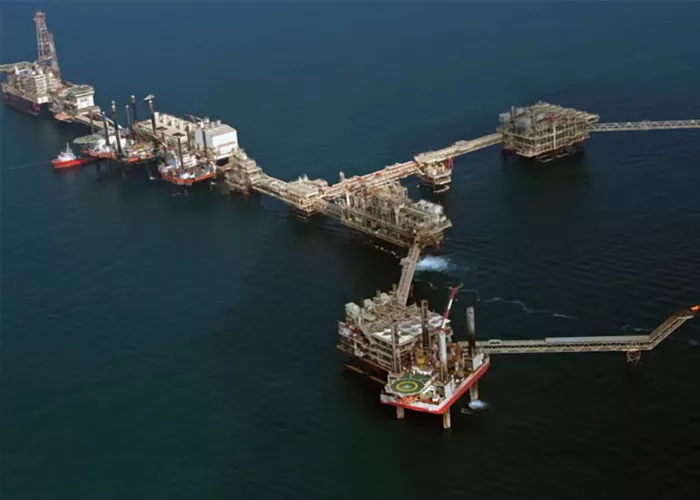U.S. energy executives forecast a substantial rise in offshore oil production under a potential second Trump administration, driven by streamlined permitting, sustained investments, and advancing technology. According to estimates from the U.S. Energy Information Administration (EIA) and the Bureau of Ocean Energy Management (BOEM), output in the Gulf of Mexico is expected to increase from 1.8 million barrels per day (bpd) in 2024 to 2.4 million bpd by 2027.
While shale oil has provided flexibility in production, its growth is projected to plateau, prompting energy companies to shift greater focus toward offshore drilling. The Trump administration’s commitment to expediting approval processes for oil and gas projects on federal lands is anticipated to further accelerate offshore development.
BOEM currently oversees 2,227 active leases on the U.S. Outer Continental Shelf (OCS), with 469 of those leases producing as of 2024. In 2023, federal OCS leases generated more than $7 billion in revenue and accounted for approximately 14% of total U.S. crude oil production.
Recent BOEM assessments estimate the Gulf holds 29.59 billion barrels of technically recoverable, undiscovered oil and 54.84 trillion cubic feet of natural gas. A 2023 update added 1.3 billion barrels of oil equivalent (boe) — a 22.6% increase — after analyzing over 37,000 reservoirs across 1,336 fields.
Technological breakthroughs are enhancing deepwater drilling capabilities. Chevron’s Anchor project recently commenced production at record-breaking pressures of 20,000 psi, marking a milestone in deepwater engineering. Meanwhile, major players like BP and Devon Energy are deploying AI-driven tools for predictive modeling, real-time drilling optimization, reservoir analysis, and cost forecasting, improving efficiency and mitigating risks in a volatile price environment.
Despite offshore prospects, challenges persist onshore. The U.S. oil and gas rig count has fallen to its lowest level since November 2021. Activity in key regions like the Permian Basin has declined year-over-year, forcing operators to recalibrate strategies. For example, Diamondback Energy reduced its 2025 capital budget by $400 million, now targeting $3.4–$3.8 billion, while scaling back rig count and production guidance. Similarly, ConocoPhillips and others are cutting capital expenditures amid low prices and squeezed margins.
Global dynamics add complexity to the U.S. supply outlook. OPEC+ is reportedly considering a 411,000 bpd production increase in July, supported by Saudi Arabia to address quota violations by members such as Kazakhstan. This potential output rise risks suppressing oil prices if global demand does not keep pace.
Nevertheless, rising offshore production could compensate for slower shale growth. In 2024, federal offshore areas produced 668 million barrels of oil and 700 billion cubic feet of natural gas, with expectations for continued increases as new projects come online and lease activity expands.
Analysts emphasize that despite trade disputes and shifting policies, U.S. offshore oil remains globally competitive. Its high-volume, low-decline profile provides reliability that investors and buyers value, even amid challenges such as Chinese tariffs on U.S. LNG exports, which have not curtailed overall growth in American energy exports.
Looking ahead, U.S. oil production’s trajectory—both onshore and offshore—will hinge on market prices, regulatory environments, and geopolitical developments. For now, the Gulf signals a clear message: offshore oil is no longer peripheral but central to the next wave of American oil growth.


